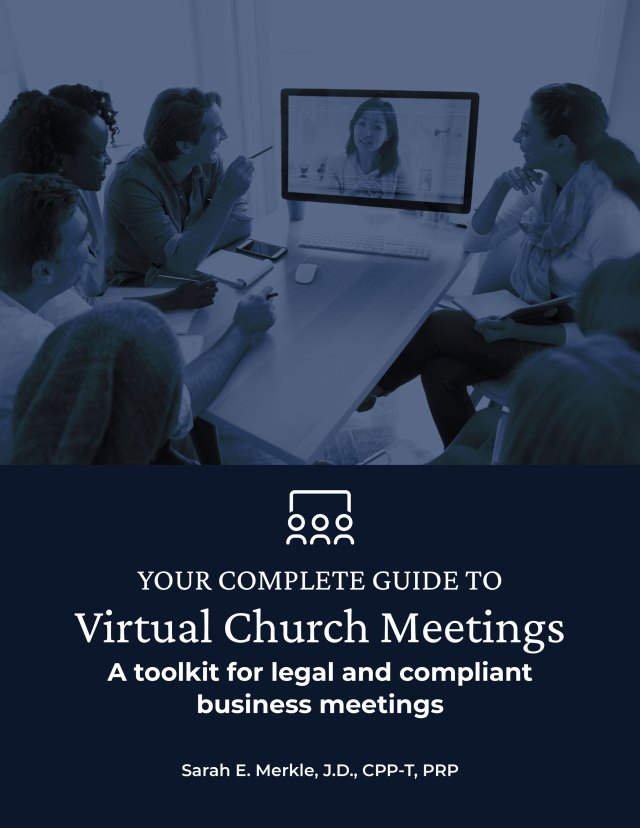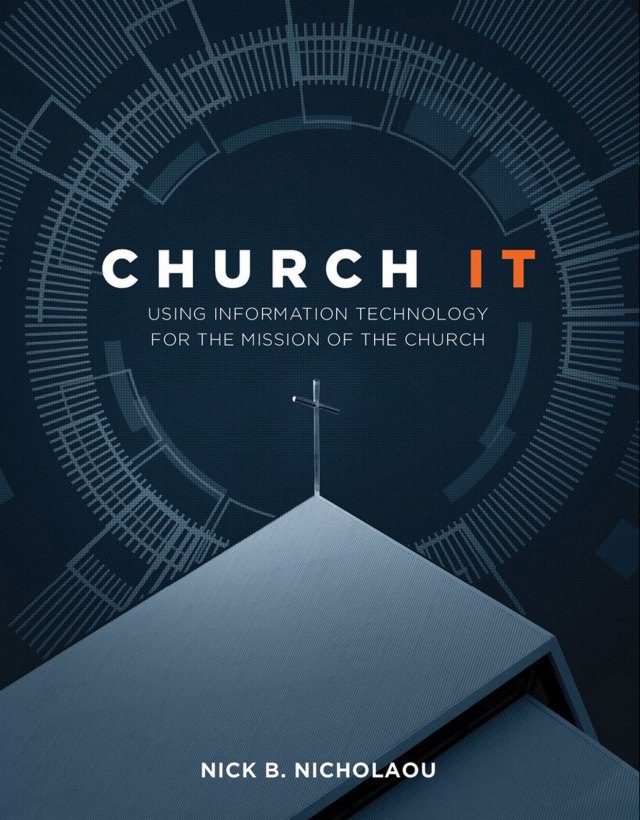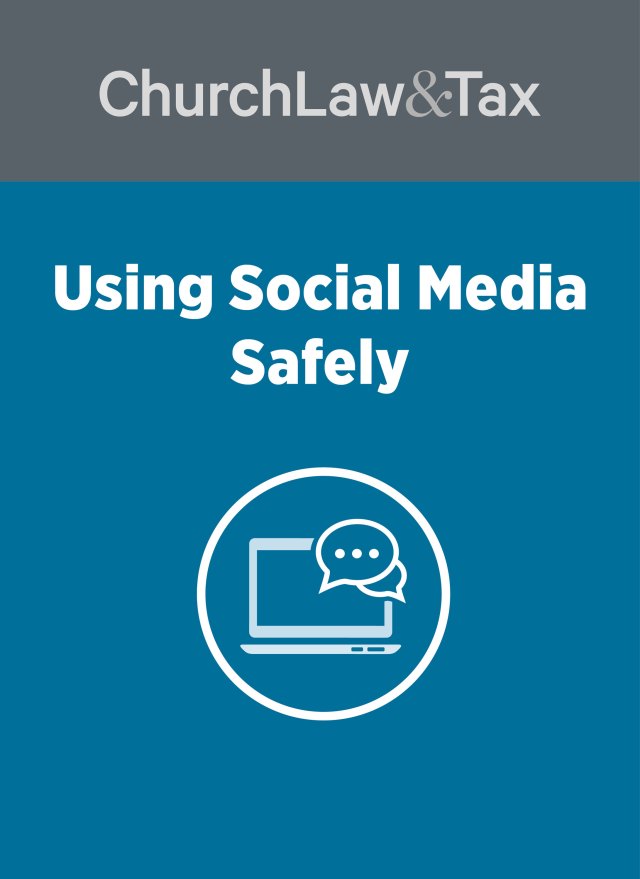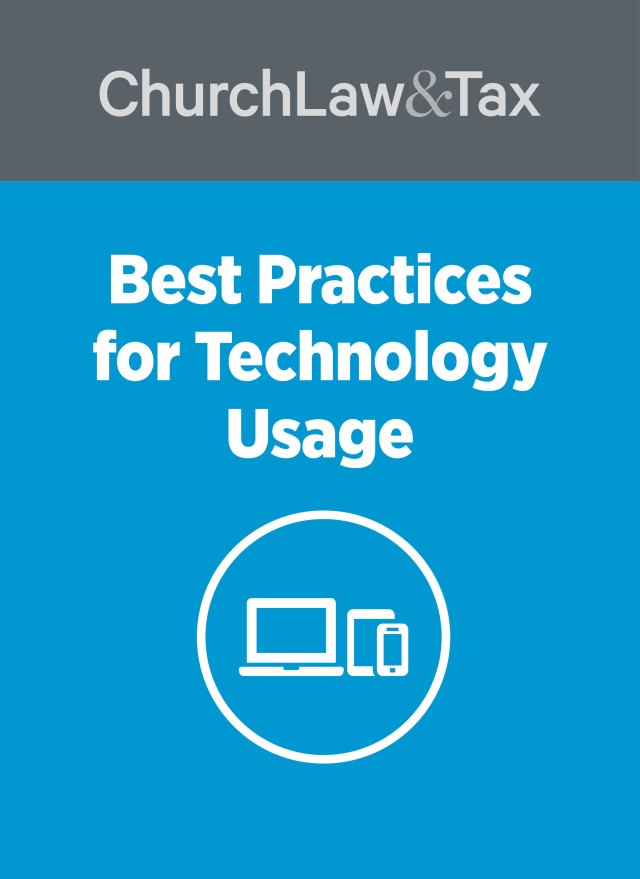Years ago, my firm researched the current tech directions and strategies in play at the time and decided to buy what looked like a very promising technology platform. It meant our computer would cost a bit more than most, but the benefits looked promising.
The newer technology built into that very expensive computer, though, was never adopted by software companies.
The lesson we learned is helpful to churches: New and better technology, unless already being widely adopted, may never pay off. We didn’t feel terrible about having bought that system since it performed so well, but we spent a lot more than we needed to and ended up with only a marginal performance improvement that probably wasn’t worth the extra money spent.
In technology, there’s a term known as “bleeding edge,” which describes the newest and latest innovations that some individuals and organizations love to adopt. Based on my firm’s lesson, though, I’ve become convinced churches don’t want to be on the “bleeding edge,” but rather, the “leading edge.”
Tips for considering new technologies
When considering new technologies, keep in mind these three tips for being on the “leading edge”:
1. Don’t get caught up in others’ enthusiasm
When talking with the people trying to advance new tech products, it’s easy to get caught up in their enthusiasm. With the bleeding edge, there’s a tendency to want the latest and greatest, but don’t let others’ enthusiasm distract from sound decision-making.
2. Resist pride
There’s nothing like the feeling when someone sees that new technology-based solution in our possession and says, “Wow! That’s very cool!” That can be dangerous.
3. Give it some time and research
Use the wisdom and experience of someone like me who has seen new technologies come and go over time.
A new and shiny technology solution often comes with more than just the higher cost of being new. Those who adopt it are, knowingly or not, agreeing to be the “lab” that will be used to improve and perfect it. That usually (but not always) means lower reliability and higher support costs. Those translate into lower productivity.
Find technologies that are well supported and reasonably priced. These are technologies from the leading edge—already widely adopted and supported that propel users forward to accomplish their goals. It is the strategy most likely to earn the response, “Well done, good and faithful steward.” That’s a standard that far exceeds anything we can experience with bleeding-edge technologies.
For more information on making wise technology decisions check out Church IT: Using Information Technology for the Mission of The Church.





